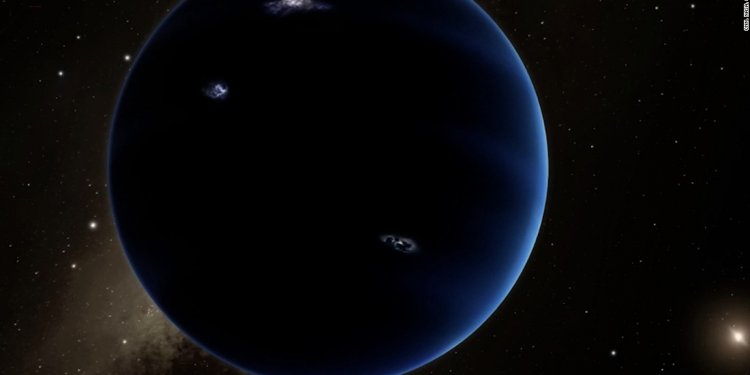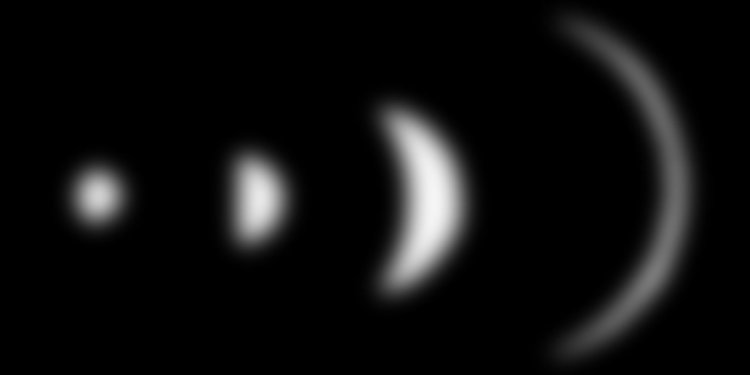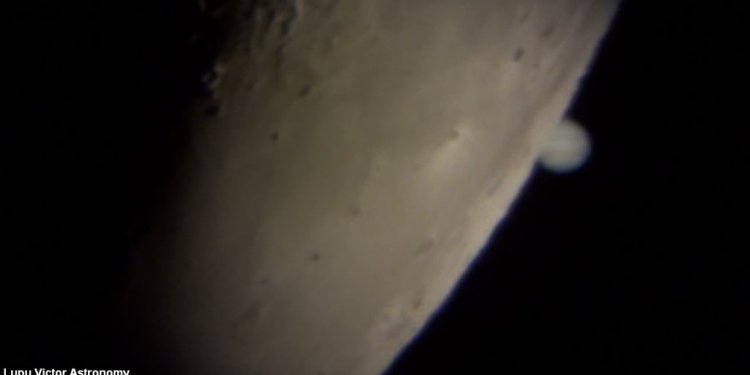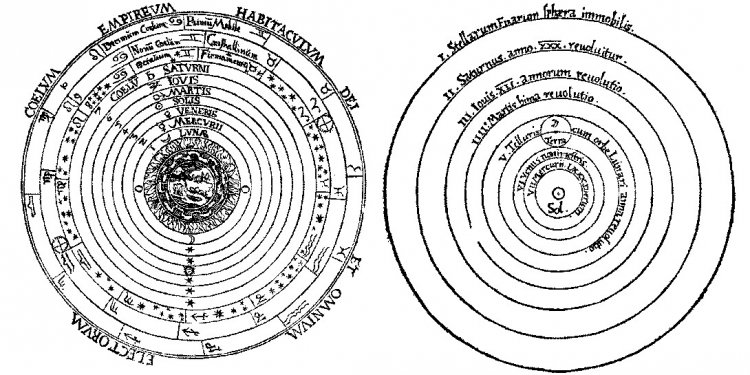Heliocentric Theory
PAGE 2
Interesting Astronomy articles
This artist s conception illustrates Kepler-22b, a planet known to comfortably circle in the habitable zone of a sun-like star. Credit: NASA/Ames/JPL-Caltech From the discoveries of potentially habitable alien planets to the detection of a tiny new moon around Pluto and jaw-dropping lunar and solar eclipses, astronomical research in 2011 has not only made extraordinary strides…
Read more

Earth around the Sun theory
In a survey of the sky, WISE found more brown dwarfs farther from the sun than it did nearby. In this image of our astronomical back yard, shown from a the view of 30 light-years from the sun, brown dwarfs within 26 light-years from the sun are circled, with objects in blue having been previously identified, while red circles indicate new brown dwarfs revealed by WISE. Credit:…
Read more

Theories of Astronomy
History of Astronomy — Modern Theories NASA/JPL ephemeris - Latin, originally from the Greek ephémeros, -on,daily. An almanac of the daily motions of the planets and stars. ephemeris.com - A website devoted to information about time and motion in the universe. History of Astronomy — The Modern Theories Planetary Theories: Copernicus, Galileo, Brahe, Kepler, Newton, and Einstein…
Read more

Astronomical Inventions
Just as 2005, commemorating the Centennial of Einstein’s Annus Mirabilus (“Miracle Year”) was celebrated as the “Year of Physics, ” 2009 commemorating the 400th Anniversary of the invention of the astronomical telescope was celebrated as the “Year of Astronomy.” It is generally known that the German-Dutch lens maker Hans Lipperchey had received the first patent for “the spyglass…
Read more

Earth Centered theory
Photo by: rgbspace Viewpoint: Yes, early scientists believed that what appeared to be movement around Earth by the Sun and other entities was, in fact, just that. Viewpoint: No, later scientists such as Nicolaus Copernicus and Galileo correctly realized that Earth moves around the Sun, not vice versa, and thus cannot be the center of the universe. It is easy in our human nature…
Read more

What was the heliocentric theory?
The heliocentric theory argues that the is the central body of the and perhaps of the universe. Everything else (planets and their satellites, asteroids, , etc.) revolves around it. The first evidence of the theory is found in the writings of ancient Greece. Greek philosopher-scientists deduced by the sixth century B.C. that is round (nearly spherical) from observations that…
Read more

Astronomical events
SCI is experiencing a season of space exploration! From common astronomical occurrences to rare cosmic phenomena, join us to learn about our solar system and beyond. Star Parties Experience the out-of-this-world space observation! Join SCI staff and members of the Des Moines Astronomical Society (DMAS) to take a look through high-powered telescopes and get a quick lesson on…
Read more

Who discovered Astronomy?
When Clyde Tombaugh built his first telescope at the age of 20, he could not have known it was setting him forward on a path that would eventually lead to the discovery of the first known dwarf planet, Pluto. Let s take a look at the life of this amazing man. Clyde Tombaugh, discoverer of Pluto, peers into an instrument. Credit: Lowell Observatory Early life and family Clyde…
Read more

Copernicus epicycles
Nicolaus Copernicus (19 February 1473 – 24 May 1543) was a Renaissance mathematician and astronomer who formulated a heliocentric model of the universe which placed the Sun, rather than the Earth, at the center. He is generally considered to be the initiator of the Scientific Revolution. His most developed model of the system was set out in on De revolutionibus orbium coelestium…
Read more

Heliocentric Motion
Geocentric view: Earth-centered view. (600BC – 150 AD) Came from the belief that God created humans at center and everything moved in perfect divine circles. Earth was a sphere that remained motionless at center of the universe Sun, Moon, Mercury, Venus, Mars, Jupiter and Saturn orbited earth in circles Stars traveled around the earth on a celestial sphere (transparent and…
Read more

Latest in Space News
WASHINGTON — The head of NASA’s Earth science division, Michael Freilich, met with Chinese officials last month regarding potential coordination between the two countries on an upcoming Chinese mission, the agency said Aug. 4. The meeting, first reported by the Hong Kong newspaper South China Morning Post but not initially confirmed by NASA, is the latest sign that the space…
Read more

New Space findings
Artist’s rendering of a solar storm hitting Mars and stripping ions from the planet s upper atmosphere. Credit: NASA/GSFC When scientists studying Martian geology realized that once upon a time, the Red Planet likely had a much thicker, warmer atmosphere, they started wondering where the atmosphere went. According to Jakosky, it could have gone up, and been lost to space, or…
Read more












